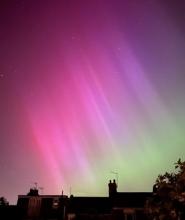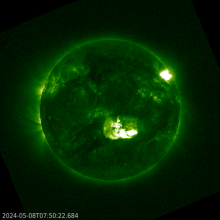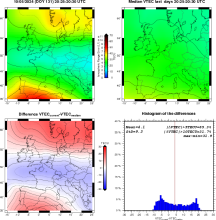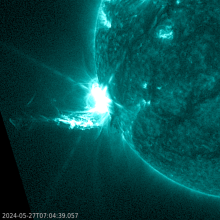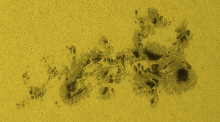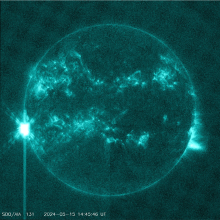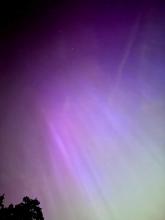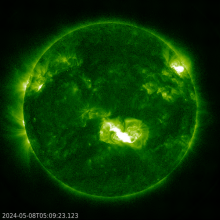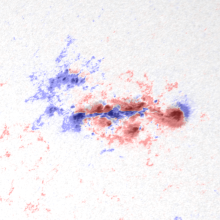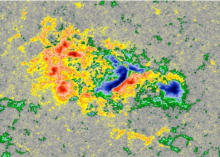The fairly recent Hpo geomagnetic index deals with the two major shortcomings of the Kp index.
SIDC News
The STCE's SC25 Tracking page has been updated to reflect the latest evolution of some critical space weather parameters for the ongoing solar cycle 25 (SC25).
The Journal of Space Weather and Space Climate (JSWSC) opens the Topical Issue “Swarm 10-Year Anniversary”, dedicated to new results from ESA’s Swarm mission, in particular to investigations of the Magnetosphere-Ionosphere Coupling, Ionospheric and Thermospheric processes, and their implications for Space Weather.
Important ionospheric effects over Europe have been observed during the extreme geomagnetic storm of 10 and 11 May.
Returning old active region NOAA 3664 produced an X2.8 flare on 27 May. Updates on further activity from this region will be posted here. ***UPDATED (8)***
Flare productivity from NOAA 13664 and the extreme geomagnetic storm on 10-11 May rank amongst the most impressive in the space weather domain. A perspective.
While NOAA 3664 has rounded the Sun's west limb, a new X-class flare producing active region has shown up near the Sun's east limb.
Last weekend's polar lights have been witnessed by millions around the world. While many drove to dark places to watch this celestial spectacle, others grabbed a lawn chair and watched the baffling show from their own backyard. Children were woken up by their parents to watch the colours in the sky. The 10-11 May aurora certainly captured the attention and awe of the public and the media.
As expected, the first in a series of CMEs has arrived and unleashed its full power, resulting in an extremely severe geomagnetic storm. Further severe storming this weekend is possible. ***UPDATED (4)***
The high solar flare activity continues as NOAA 3664 has produced the strongest solar flare (X8.7) so far this solar cycle. ***UPDATED (10)***
NOAA 3663 produced its 4th and -so far- strongest X-class flare on 6 May.
Active region NOAA 3663 produced an X1.6 flare early on 3 May. Further M-class flaring can be expected from this sunspot group, with a chance on another X-class flare. ***UPDATED (2)***
